Wildlife workers wears bear suits to help rear abandoned bear cub
One wildlife team has a novel approach: wearing bear suits to help build trust and familiarity while mimicking maternal behaviours but could the cub get too attached? TAKE THE POLL
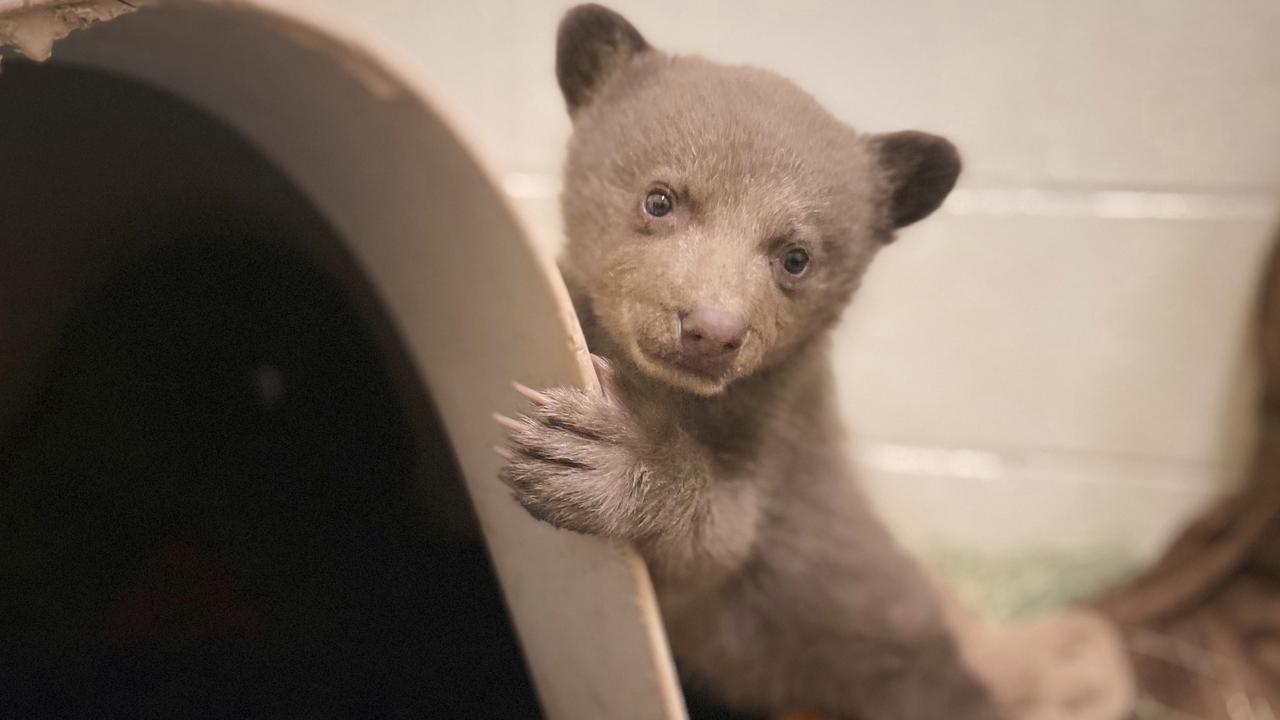
READING LEVEL: GREEN
An orphaned* black bear cub in the US is being raised by wildlife carers wearing bear costumes.
The move was designed to encourage the cub’s normal development by mimicking* maternal* bear behaviours – but could it be cruel if the cub formed a deep attachment to a member of staff pretending to be a mother bear?
The American wildlife organisation San Diego Humane Society caring for the bear said in a statement that the carers were in costume precisely so that the cub would not get attached to humans. Preventing the cub from bonding too much with the people raising him was essential should they try to return the animal to the wild, they said.
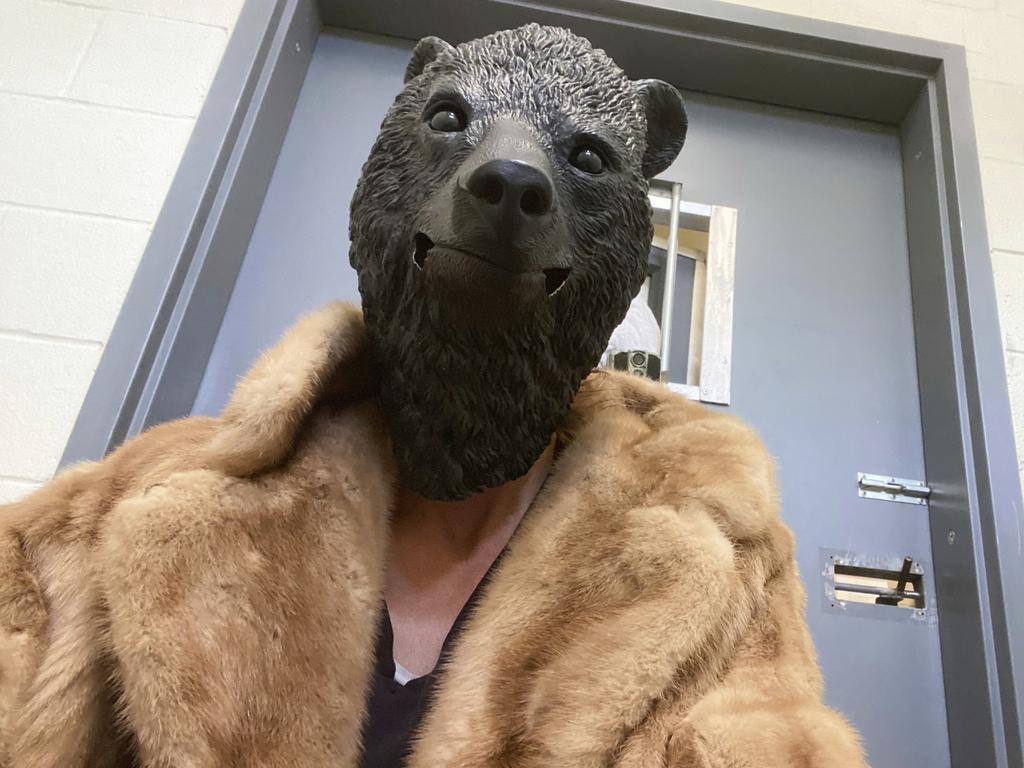
The two-month-old black bear cub was the youngest the organisation had ever cared for and arrived “weak, underweight and alone”, according to the statement.
After a month in their care, the shelter said on May 14 that the cub was now “stable, playful and thriving thanks to around-the-clock attention and expert care” at its Ramona Wildlife Center*.
The cub was first found by campers in Los Padres National Forest on April 12. The California Department of Fish and Wildlife (CDFW) biologists* initially tried reuniting the cub with his mother by returning him to the wild overnight but sadly the mother bear did not return.
With no sign of his mum in the area, CDFW took the cub to the centre on April 14.
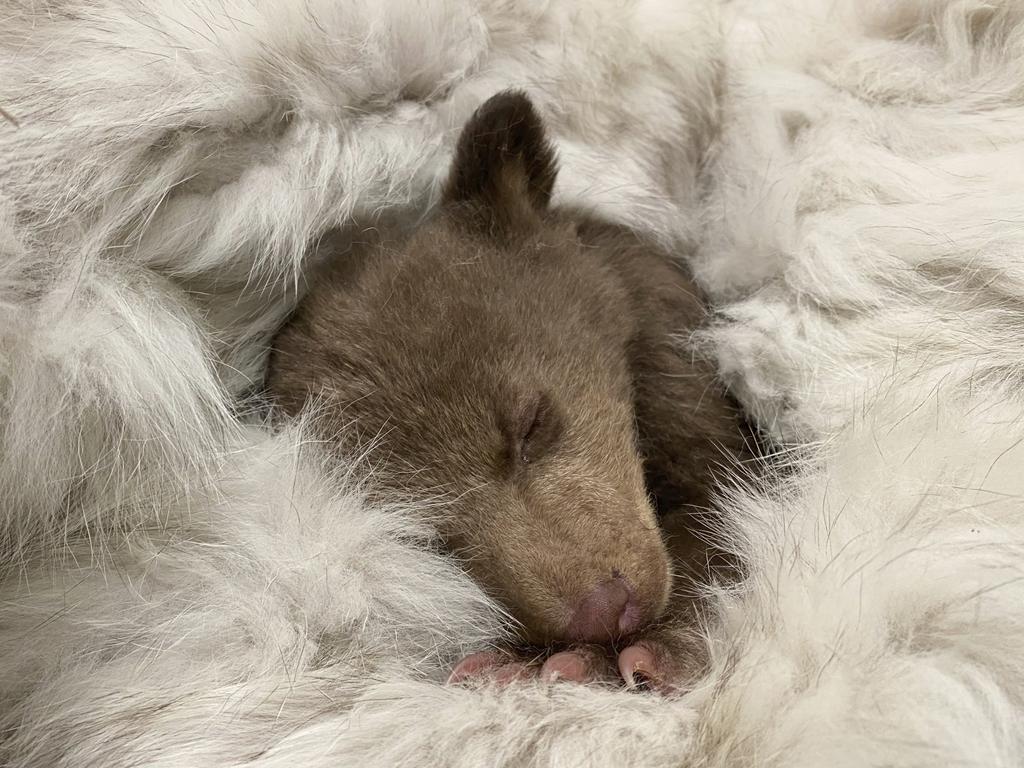
“He was extremely fragile when he arrived,” said Ramona Wildlife Center operations manager Autumn Welch. “After going several days without nutrition, it was touch-and-go at first. But now, he’s active, eating well and gaining weight steadily.”
Because of his age and condition, the cub may remain in care at the centre for up to a year.
The team does hope to eventually return him to the wild.
They also have a “buddy system” in place: if another cub enters care elsewhere in California, CDFW may try to pair them — another critical strategy to keep orphaned cubs wild and among their own kind to reduce the risk of imprinting* on humans.
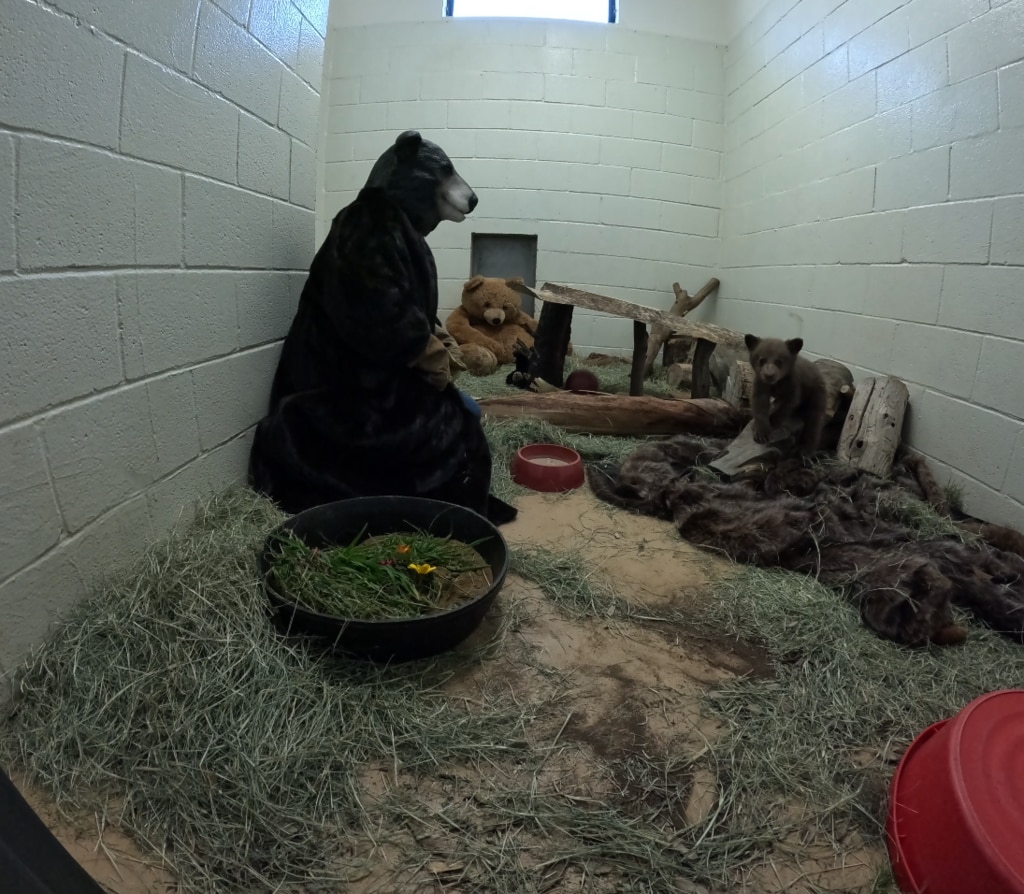
According to CDFW, in the past five years this is only the fourth time a bear cub this young has entered rehab care in California. Raising a bear cub from this young age requires a huge amount of time, expertise* and resources.
The little cub currently receives four enrichment* and feeding sessions each day, with overnight feedings required in his early days to help stabilise him. Enrichment sessions mimic maternal behaviours and help prepare the cub for life in the wild.
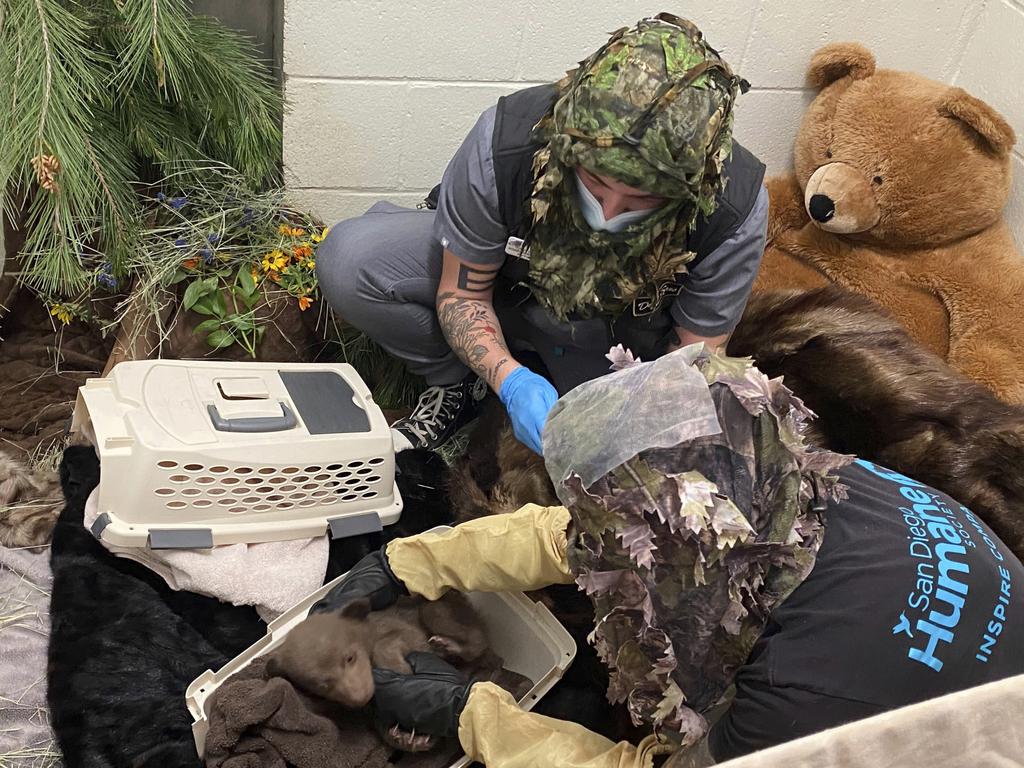
“This is a very unusual case,” said Ms Welch. “We don’t often see bears this young without their mother. It’s an honour to care for him, but it’s also a significant commitment. We rely entirely on donations to make this kind of specialised care possible.”
San Diego Humane Society receives no state funding for this work and depends on community contributions to care for wild animals in need. The Ramona Wildlife Center is the only facility in the county permitted to rehabilitate* native apex predators* in the US like black bears, mountain lions and bobcats*.
WATCH THE VIDEO

POLL
GLOSSARY
- orphaned: without parents
- mimicking: copying, imitating, simulating the actions, movements, sounds
- maternal: behaving or feeling like a mother towards her child, as in kind and loving
- Center: please note that company and organisation names as proper nouns are presented as given but Kids News otherwise uses Australian-British spelling – in this case, “centre”
- imprinting: when a newborn or very young animal establishes a behaviour pattern of recognition and attraction towards other animals of its own kind
- expertise: expert skill and knowledge in a particular field
- enrichment: process of making something or someone better than before, improvement
- rehabilitate: returning someone to a healthy or usual condition or way of living and being
- apex predators: a meat-eating animal at the top of its food chain without natural predators
- bobcats: common North American lynx, in the cat family, medium-sized with reddish-brown fur with dark spots or stripes and a short tail
EXTRA READING
Fat Bear Week winner announced
Baby bear’s big climb up to mummy bear
Zoo denies standing bear is a human in disguise
QUICK QUIZ
- How old is the black bear cub?
- Why are its carers dressing up as bears?
- What did biologists initially try when the cub was found by campers alone in the national park?
- How many enrichment and feeding sessions does the cub have each day?
- The Ramona Wildlife Center is the only facility in the county permitted to do what?
LISTEN TO THIS STORY
CLASSROOM ACTIVITIES
1. Kind or cruel?
Do you think that it is kind or cruel for the wildlife carers to pretend to be bears? Write paragraphs that are very convincing. Use information from the story and possibly your research skills.
Time: allow at least 25 minutes to complete this activity
Curriculum Links: English, Science, Personal and Social Capability
2. Extension
How do you think the carers will prepare the cub to survive when he returns to the wild? Write a plan. Use your research skills to find more about black bears and their natural environment to help give you ideas.
Time: allow at least 30 minutes to complete this activity
Curriculum Links: English, Science, Geography
VCOP ACTIVITY
Adjectives
An adjective is a describing word. They are often found describing a noun. Start by looking at the words before the nouns.
Search for all the adjectives you can find in the article.
Did you find any repeat adjectives or are they all different?
Extension:
Pick three of your favourite adjectives from the text and put them in your own sentences to show other ways to use them.
Have you used any in your writing?

